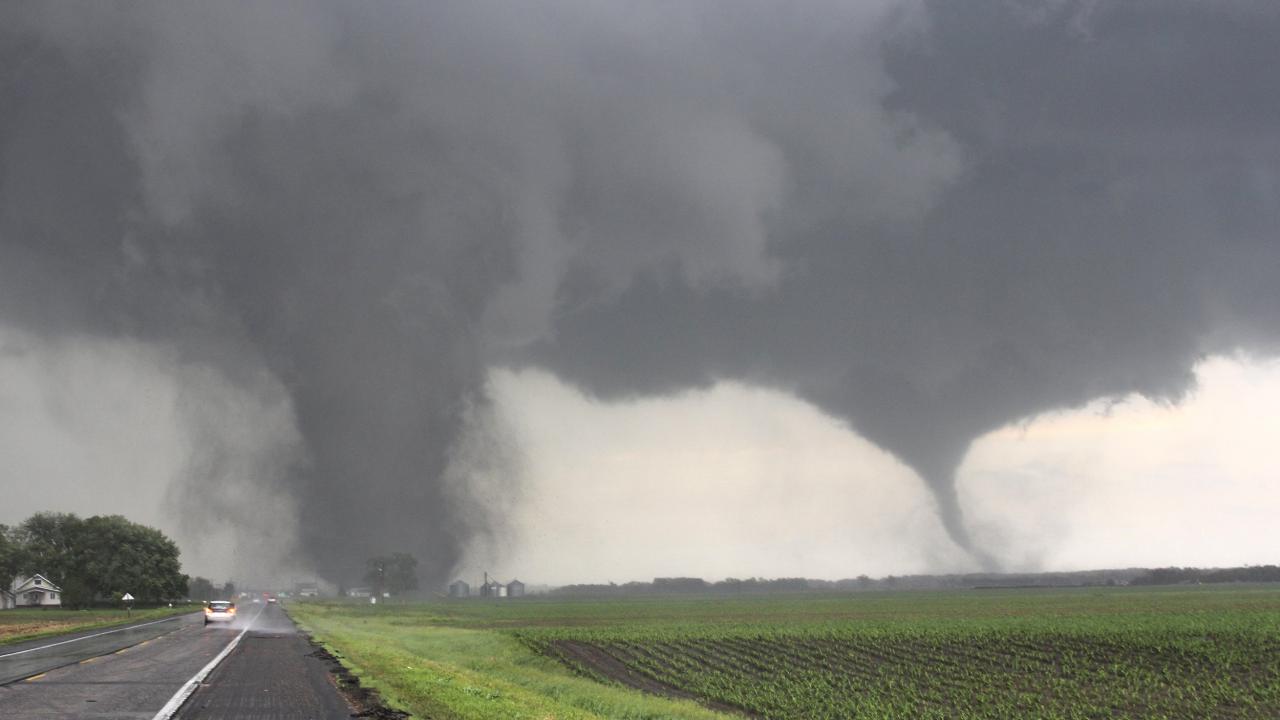
Tornado Omaha Nebraska Today: The Midwest braces for potential severe weather as atmospheric conditions align to create a heightened risk of tornadoes. From real-time updates to historical data and preparedness measures, this comprehensive guide equips you with the knowledge and resources to navigate this weather event.
Omaha has a history of tornado occurrences, with varying intensities and damage statistics. Understanding the most vulnerable areas and the factors contributing to tornado formation is crucial for effective preparedness.
Current Tornado Activity in Omaha, Nebraska: Tornado Omaha Nebraska Today

As of [insert time and date], there are no active tornado warnings or watches issued for Omaha, Nebraska. The National Weather Service (NWS) is monitoring the weather conditions closely and will issue updates as necessary.
The current weather conditions in Omaha are [insert weather conditions, e.g., sunny, partly cloudy, overcast, etc.]. The temperature is [insert temperature] degrees Fahrenheit, with [insert wind speed] mph winds. The humidity is [insert humidity percentage]%. The NWS has not identified any atmospheric factors that would indicate an increased risk of tornado formation at this time.
Historical Tornado Data for Omaha, Nebraska

Omaha, Nebraska, has experienced [insert number] tornadoes since [insert start year]. The most recent tornado occurred on [insert date].
The most tornado-prone areas in Omaha are [insert areas]. These areas are located in the [insert region] of the city and are characterized by [insert factors influencing tornado formation].
Tornado Preparedness and Safety Measures
In the event of a tornado warning, it is important to take immediate action to protect yourself and your family.
The following are some tornado preparedness and safety measures:
- Create a tornado safety plan that includes identifying safe shelters and evacuation routes.
- Stay informed about weather updates and follow safety protocols during tornado warnings.
- Secure loose objects outdoors that could become projectiles in high winds.
- Have an emergency kit that includes water, food, first aid supplies, and a battery-powered radio.
Tornado Response and Recovery

In the aftermath of a tornado, it is important to follow these steps:
- Check for injuries and call 911 if necessary.
- Stay away from damaged areas and downed power lines.
- Contact your insurance company to report damage.
- Follow the instructions of local authorities.
The following resources are available to assist tornado victims:
- The American Red Cross
- The Federal Emergency Management Agency (FEMA)
- Local government agencies
Tornado Research and Mitigation
Ongoing research efforts are aimed at understanding tornado behavior and improving prediction capabilities.
Doppler radar and weather satellites play a critical role in tornado detection and forecasting.
Structural and community-based mitigation measures have been implemented in Omaha, Nebraska, to reduce tornado damage. These measures include:
- Building codes that require new construction to be tornado-resistant.
- Public education campaigns that promote tornado awareness and preparedness.
- Community shelters that provide safe haven during tornadoes.
Last Recap
In the face of a tornado, community resilience and collaboration are vital. By working together, we can minimize the impact of these storms and support those affected. Remember, staying informed, following safety protocols, and having a plan in place are essential for protecting yourself and your loved ones during tornado season.
FAQ Compilation
What are the warning signs of a tornado?
Funnel cloud, rotating debris, loud roaring noise
What should I do if I see a tornado?
Take shelter immediately in a basement or interior room on the lowest floor
How can I stay informed about tornado warnings?
Monitor local weather forecasts, NOAA weather radio, or mobile weather apps





